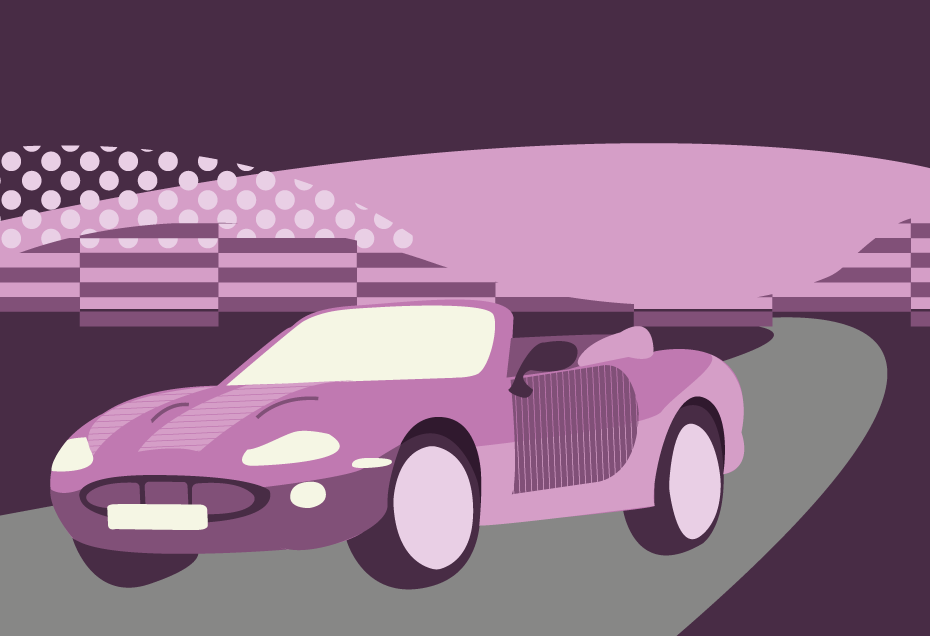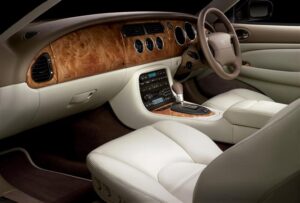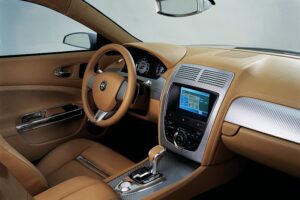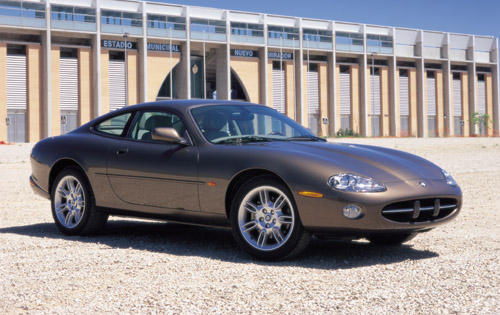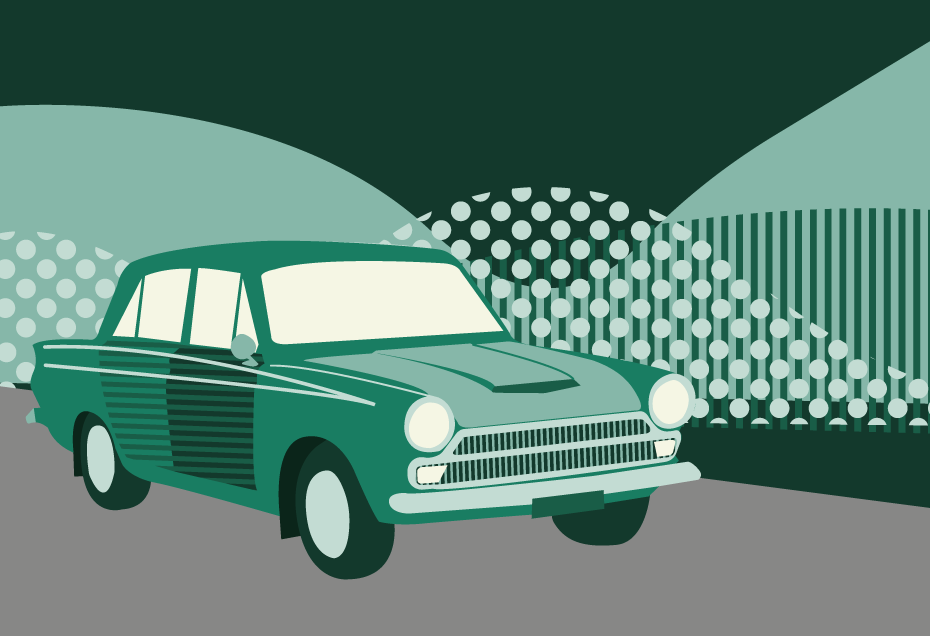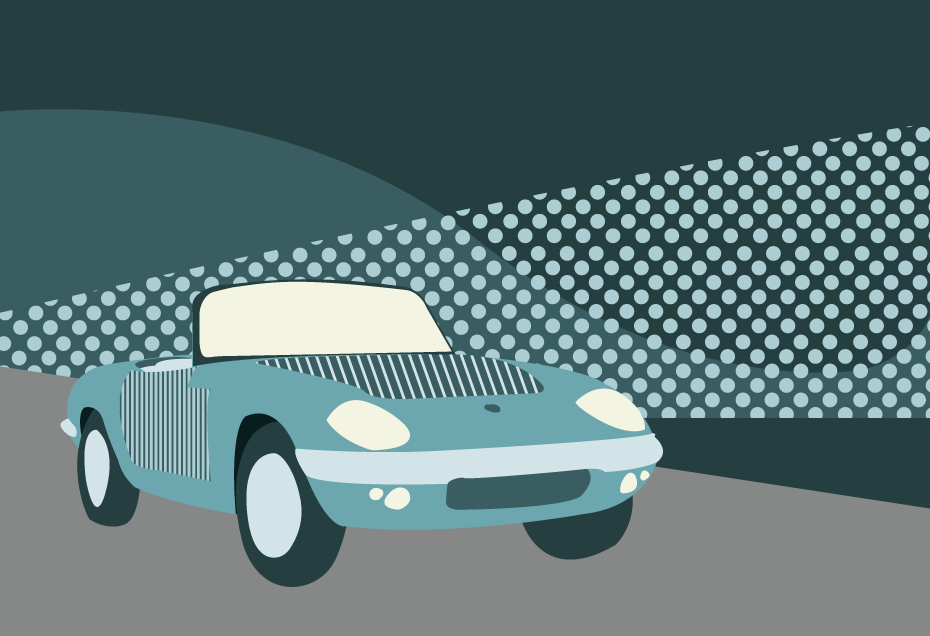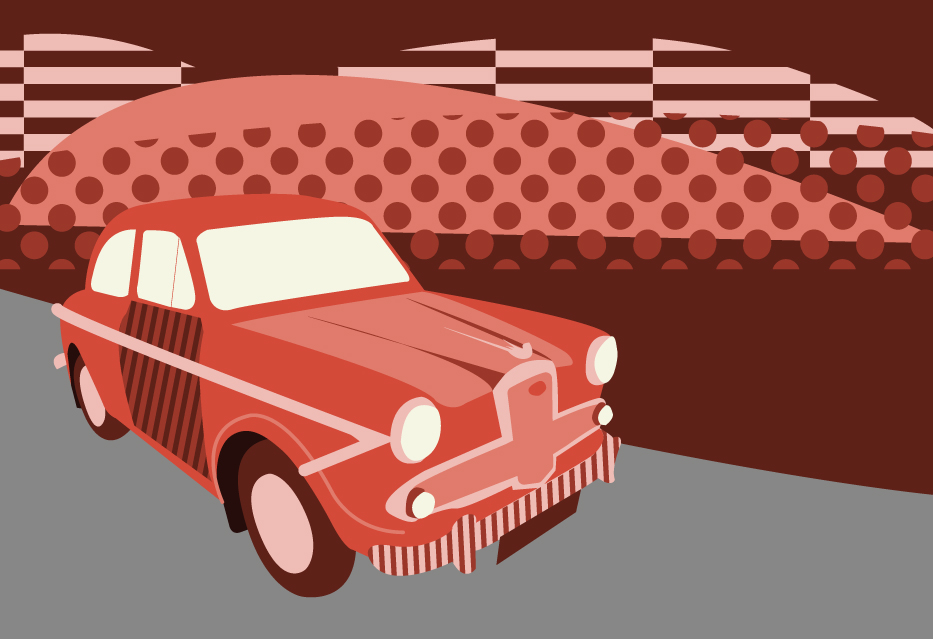Can’t afford an E-Type or an F-Type, but love the looks and lusting after a sporty big cat?
Well, you’d be well advised to take a closer look at the bargain priced Jaguar XK8, produced for 10 years from 1996 as a successor to the much-maligned XJS.
Get the low-down on this beautifully sculpted sporty grand tourer.
Can you afford to miss the affordable E-Type?
With the stunning new(ish) F-Type surely the first true successor to the sainted E-Type, the voluptuous XK8 has been almost forgotten along the way.
But with prices still at rock bottom, the car originally set to carry the F-Type name is surely among the best value on the classic car market in terms of bang for your buck.
Perfectly good examples of this 155mph beast are still available for well under £5,000. Something similar happened to the E-Type before the classic car boom set in and the best-loved Jag of all was taken well out of the range of ordinary motorists.
The XK8 and its supercharged XKR sister (0-60 in just 5.2 seconds) will almost certainly never hit the monetary heights of its illustrious predecessor, but as a luxury used motor for the price of a six-year-old Ford Focus it’s hard to beat.
The new Jag was presented to the Geneva Motor Show in March 1996 and, with James Bond looks, it marked a departure from the more angular XJS and those curves, the long, bulging bonnet and open-mouthed grill are straight from the E-Type design-book. Indeed, it warrants a second look on the roads even now.
The all-new, standard 4-litre, quad-cam, 32-valve V8 produced 290bhp and hit 0-60 in 6.4 seconds on its way to a top speed of 155mph, returning a fairly healthy 24 miles per gallon on the combined cycle.
At launch in 1996, Jeremy Clarkson had some pertinent questions: “Is it a Ford in drag? Is it a worthy successor to the E-Type? Does it look too like an Aston DB7?”
It is definitely not a Ford in drag, despite obviously sharing some switchgear: although the engine was built in a Ford factory, it is wholly Big Cat save for just two small parts.
The E-Type comparison is perhaps slightly unfair, as the XK8 was built as a Grand Tourer, not a pure sports car: the boot built to fit two sets of golf clubs indicates the company’s true intention for this car.
Adrian Flux Classic Car Insurance
And as for the Aston…the Jag was priced a full £40,000 below the DB7 at £48,000, which also placed it £9,000 below the price of the BMW 840.
One thing’s for sure, it was a giant leap forward from the XJS, even though the two cars shared a common floorpan – a lighter, monocoque shell with a stronger subframe and improved suspension, married to that all-new powerplant, moved Jaguar into new territory.
“The ride comfort is extraordinary. It feels like I’m driving across a field of velvet,” said Clarkson in his Top Gear road test. “This is the type of car you would want to drive until the Arabic oilfields run dry.
“The ease with which it lollops along makes it a superb grand tourer. The XK8 is more agile than an XJS but it’s still not a sports car. It will tolerate brutal treatment on brutal roads but, quite frankly, it would rather you grew up, and slowed down a bit.”
Launched in coupe and then cabriolet form, with a fabric hood, the XK8 is sumptuously equipped, and traditionalists will probably prefer the full-width walnut dash and acres of leather to the updated model introduced in 2006.
In 1998, the 375bhp XKR was unleashed – a seriously good, cheaper alternative to an Aston or a Ferrari GT.
Car and Driver described the new car, which whacked a supercharger on to the 4-litre V8 engine, as “provocative, confident, not at all trashy, with an upper-class British accent”.
Like our illustration of the Jaguar XK8 at the beginning of the article?
Download a free high-quality poster version here.
And despite the passage of time, it still is.
In 2003, the engine was upgraded to a 4.2-litre V8 producing 305bhp, with the supercharged version now chucking out 406bhp – the new engine being married to a new six-speed auto box replacing the old five-speed affair. By the time the car was updated in 2006 to a more muscular, purposeful-looking model, 91,406 had been built worldwide. It may be more of a grand tourer than the E-Type ever was but, in terms of design, pace and power it had everything that some felt had been lacking in the XJS.
As with all older Jaguars, it’s worth buying the best example you can afford to avoid some potentially hefty repair bills, but take your time and choose carefully and you can enjoy the best value grand tourer money can buy.
It may not be an E or an F-Type, but it’s without doubt the next best thing.
What to look out for
? Before 2001, the V8 engines could be damaged by fuels heavy in sulphur, which shouldn’t be a problem today because all fuel are low in sulphur. But you should still be wary of a rough sounding engine.
? As with any older car, check for rust, mainly in the footwells and rear wheelarch.
? Try to buy a car with a decent amount of tread on the tyres, which can be expensive to replace
? During your test drive, watch out for over-heating caused by a dodgy water pump, and check the front suspension bushes for wear
? Always check that the roof on convertibles opens and closes smoothly and there are no leaks
Insurance from Adrian Flux
The Jaguar XK8 may qualify for modern classic car insurance with Adrian Flux.
Features can include:
? Agreed value
? Limited mileage discounts
? Owners club discount
? Laid up cover
? Wedding hire cover


